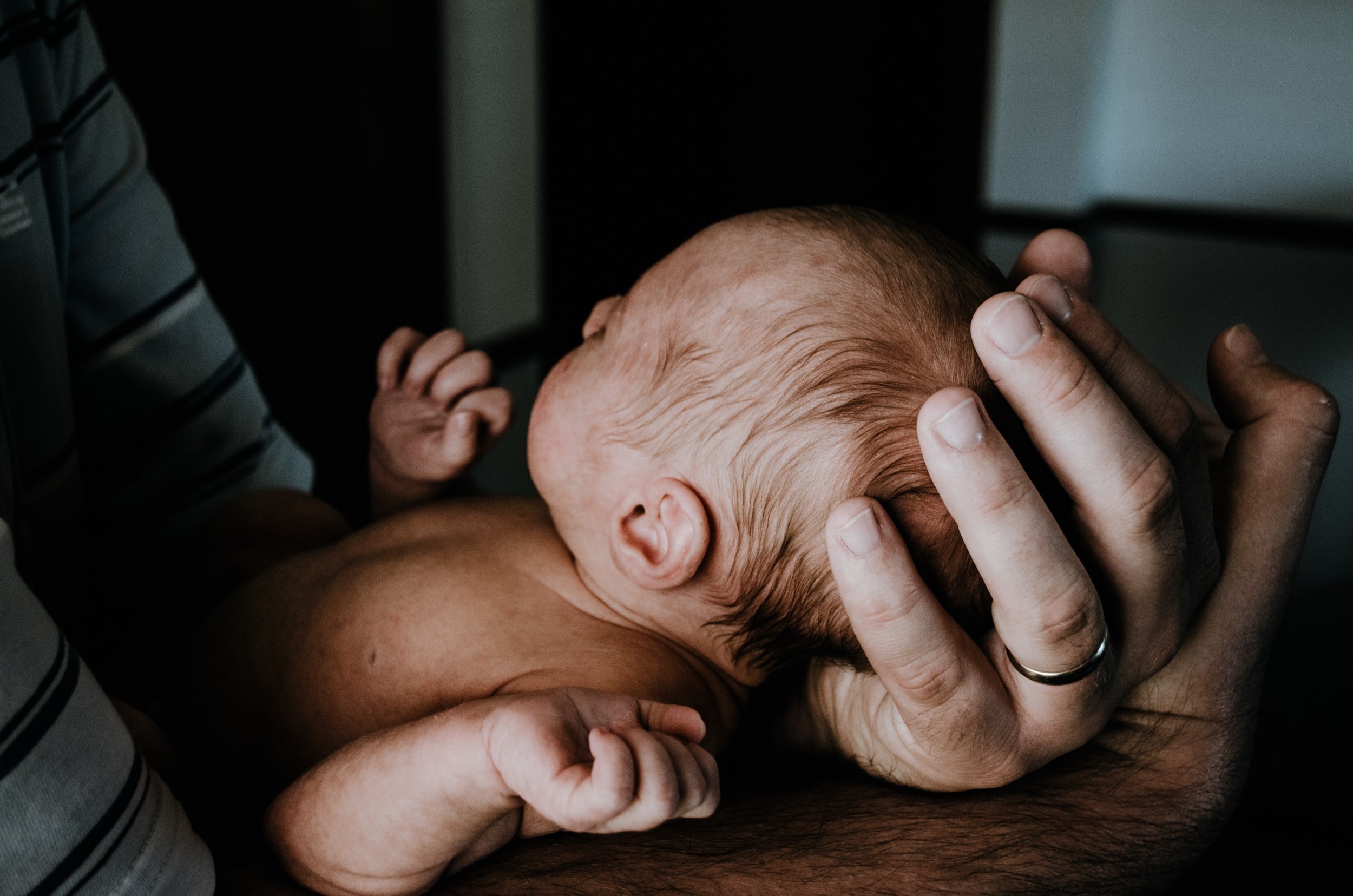
Safe Sleep Made Simple.
How to lower a baby’s risk of SIDS and other sleep-related causes of death.
-

A- Alone
Baby should always be in a crib alone. Sleeping with parents or guardians is dangerous and greatly increases the risk of suffocation. Make sure the sleep environment has a fitted sheet and a secure base. Do not place bumpers, stuffed animals or lose blankets in the sleeping space.
-

B- Back
Put baby to sleep on their back, not their tummy or their side. Put your baby on their tummy everyday when baby is awake. Watch and encourage your baby, “tummy time” helps baby develop strong shoulder and neck muscles.
-

C- Crib
If baby falls asleep on a bed, couch, armchair, or in a sling, swing, or other carrier, put baby in a crib to finish sleeping. Use a safety approved crib with a firm mattress and a fitted sheet. Do not use a drop side crib, and be sure to check the CPSC recall list before buying.
-

S - Smoke Free Environment
Stay smoke and vape free during pregnancy, and keep baby’s surroundings smoke and vape free. Second hand smoke in the home, car, or other spaces where baby spends time also increases the risk of SIDS and other health problems
Let’s Talk About…
-

Pacifiers
Soothing tactic
Take away by 1st birthday to ensure proper mouth/teeth development
Use a pacifier that curves towards the roof of the mouth
-

Breast Feeding
Reduces the risk of SIDS by 50%
Helps build immunity and promote brain development
Fed is best, formula also does the trick!
-

Swaddles & Sleep Sacks
swaddle from newborn-3 months/first sign of rolling
Make sure baby’s arms are free as soon as they begin to roll
Sleep sacks are the only safe option until child is 2 years old
FAQs
What is SIDS?
SIDS is a sudden infant death that has no known cause between 1 month and 1 year of age. SIDS is the leading cause of death among babies. Most SIDS deaths happen between 1 and 4 months of age.
What are other sleep-related causes of infant death?
Suffocation, entrapment and strangulation are other sleep-related causes of infant death. Suffocation is when baby’s airway is blocked typically from a pillow or an adult. Entrapment is when the baby gets trapped between two objects such as parents mattress and the wall. Lastly, Strangulation is when someone blocks the baby’s airway by pressing around the baby’s neck.
What group remains at higher risk for SIDS?
African American and American Indian/Alaska Native babies are at higher risk for SIDS than white, Hispanic or Asian babies.
What is the difference between a sleep sack and a blanket?
A blanket poses as a major suffocation risk in an infants bed. A wearable blanket/sleep sack allows for the baby to toss and turn during sleep and have the blanket move with the infant. Reducing the risk of suffocation immensely.
What is the difference between room sharing and bed sharing?
Bed sharing is one of the leading causes of infant death in America. Having a child under the age of 2 in bed with an adult increases the risk of suffocation. Whereas, room sharing is greatly encouraged by The American Academy of Pediatrics. Placing a pack n play in the adults room until the toddler is 6 months old. Making sure the sleep surface is close to the parents bed but the child is on a separate surface.
What else can I do as a caregiver to reduce the risk of SIDS?
Think about giving your baby a pacifier for sleep time. This encourages the airway to stay open. Restrain from using a pacifier the first 4 weeks of life if you choose to breastfeed. Making sure the infant is not too hot during sleep also helps reduce the risk of SIDS. Look for signs of overheating, such as sweating or the chest is hot to the touch.